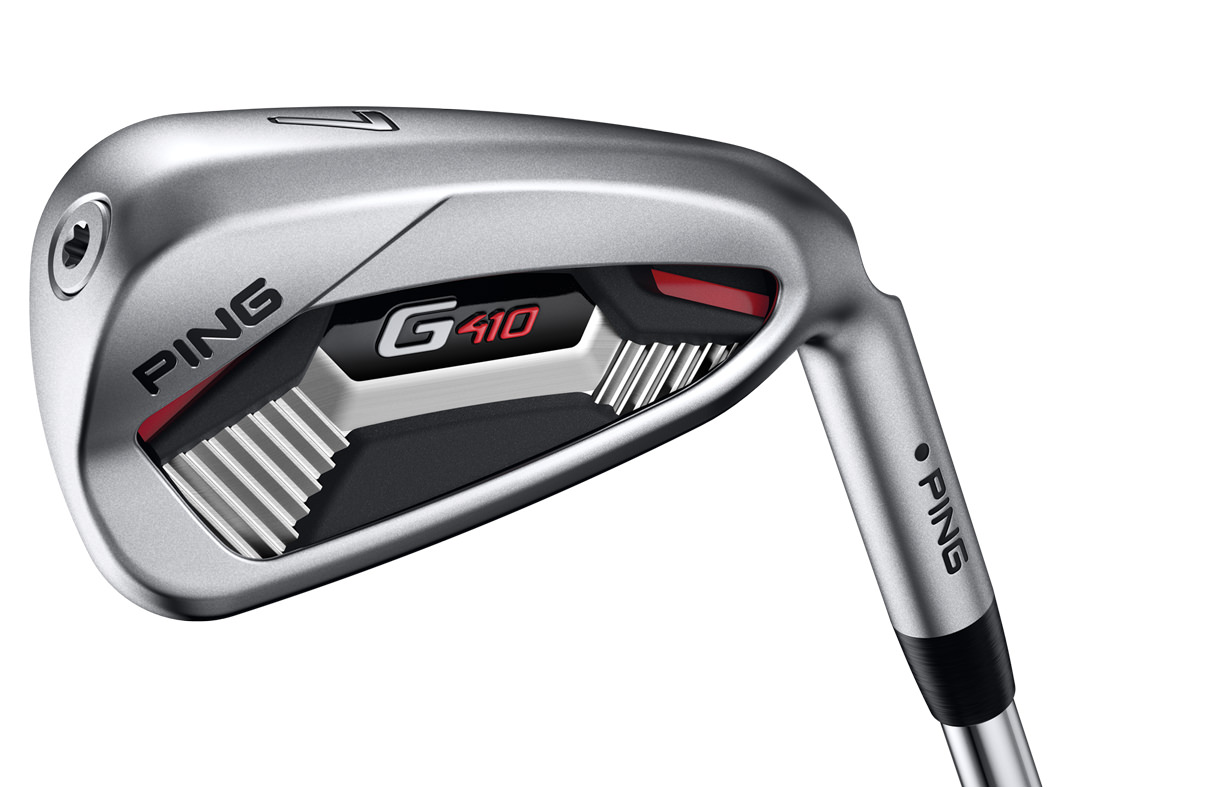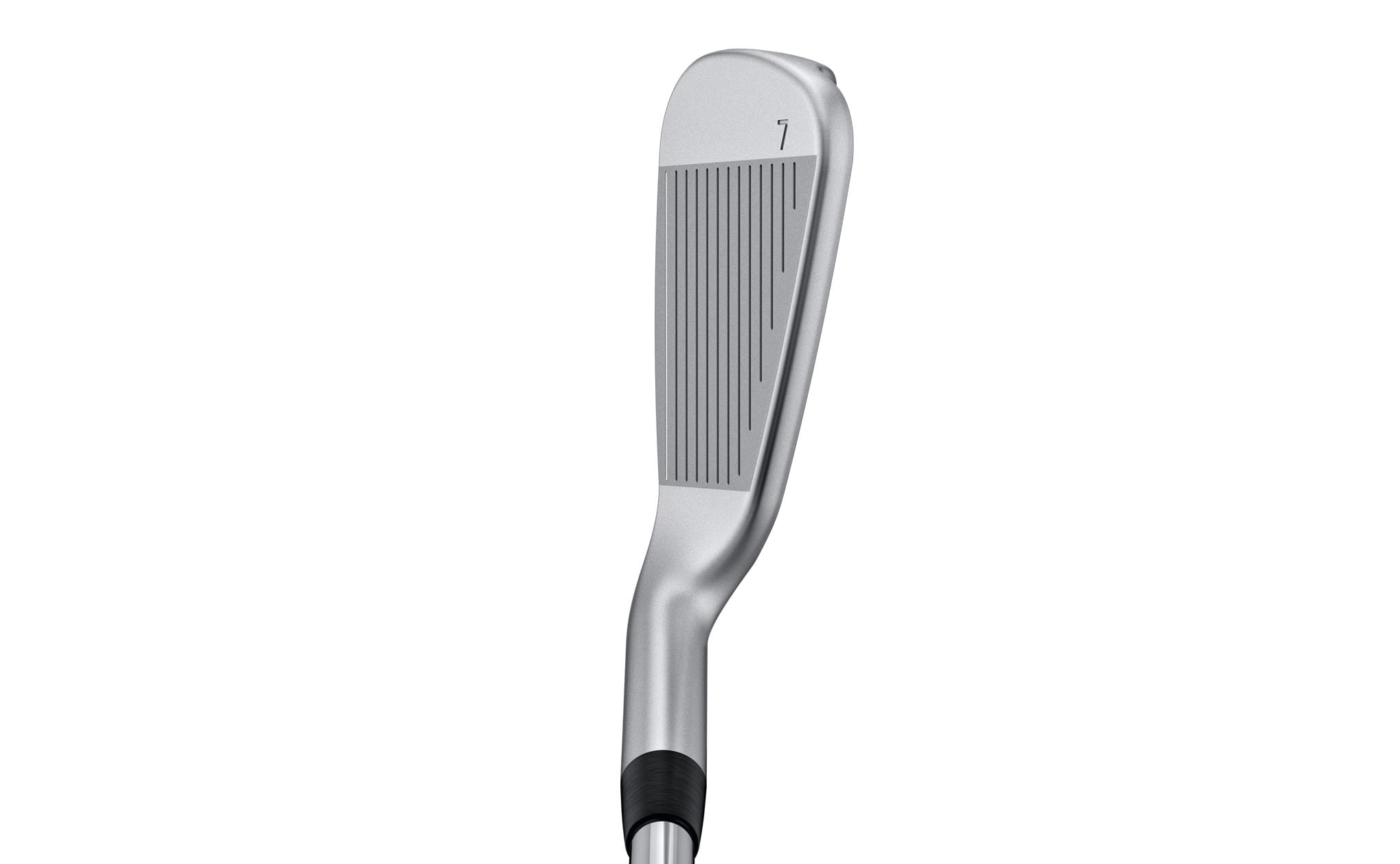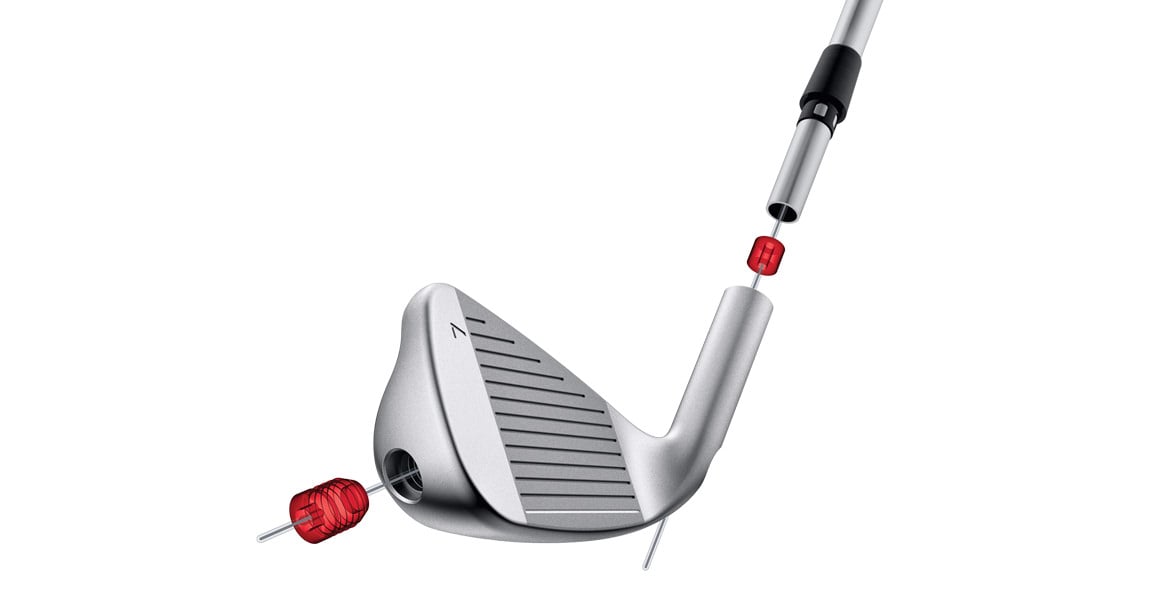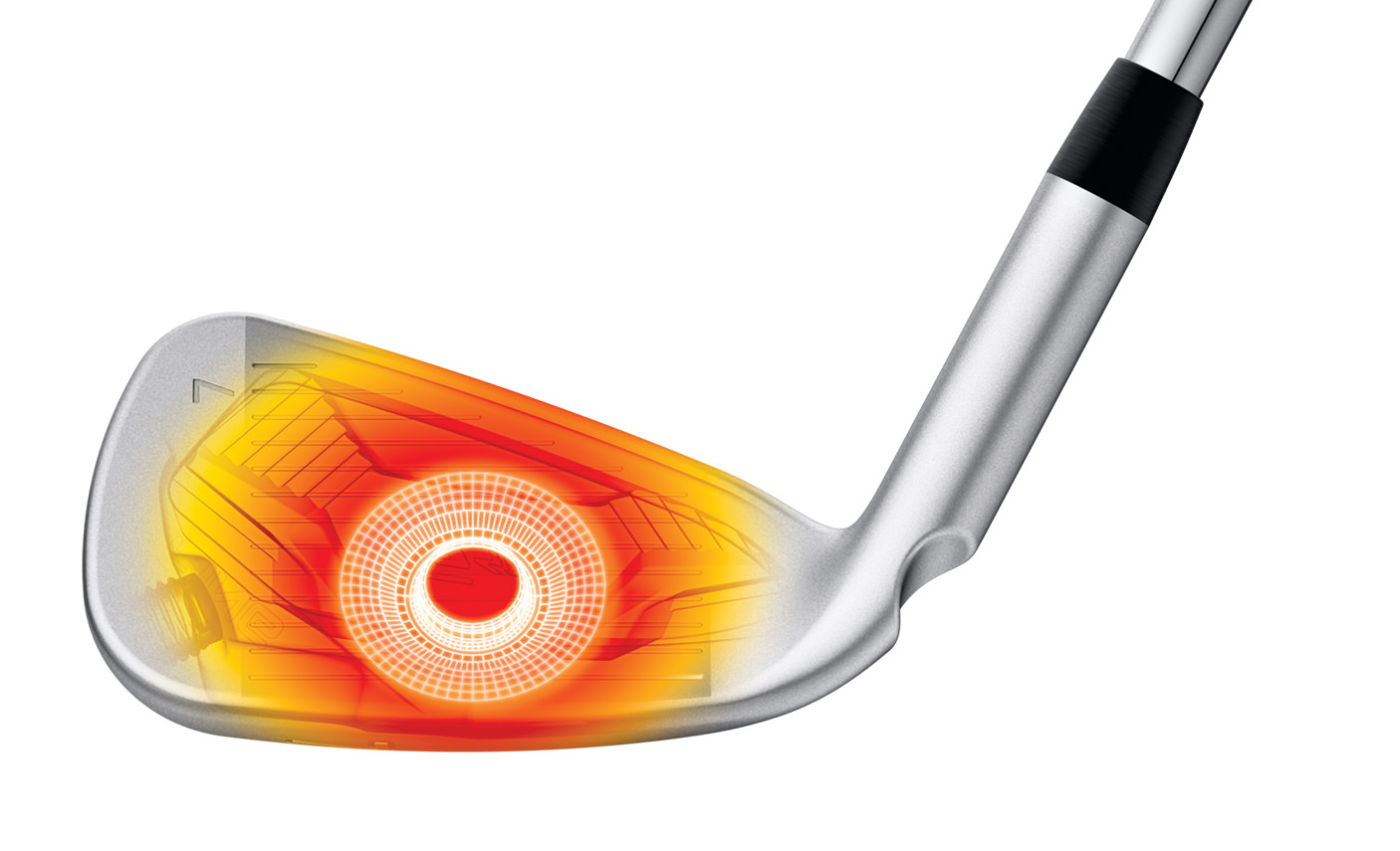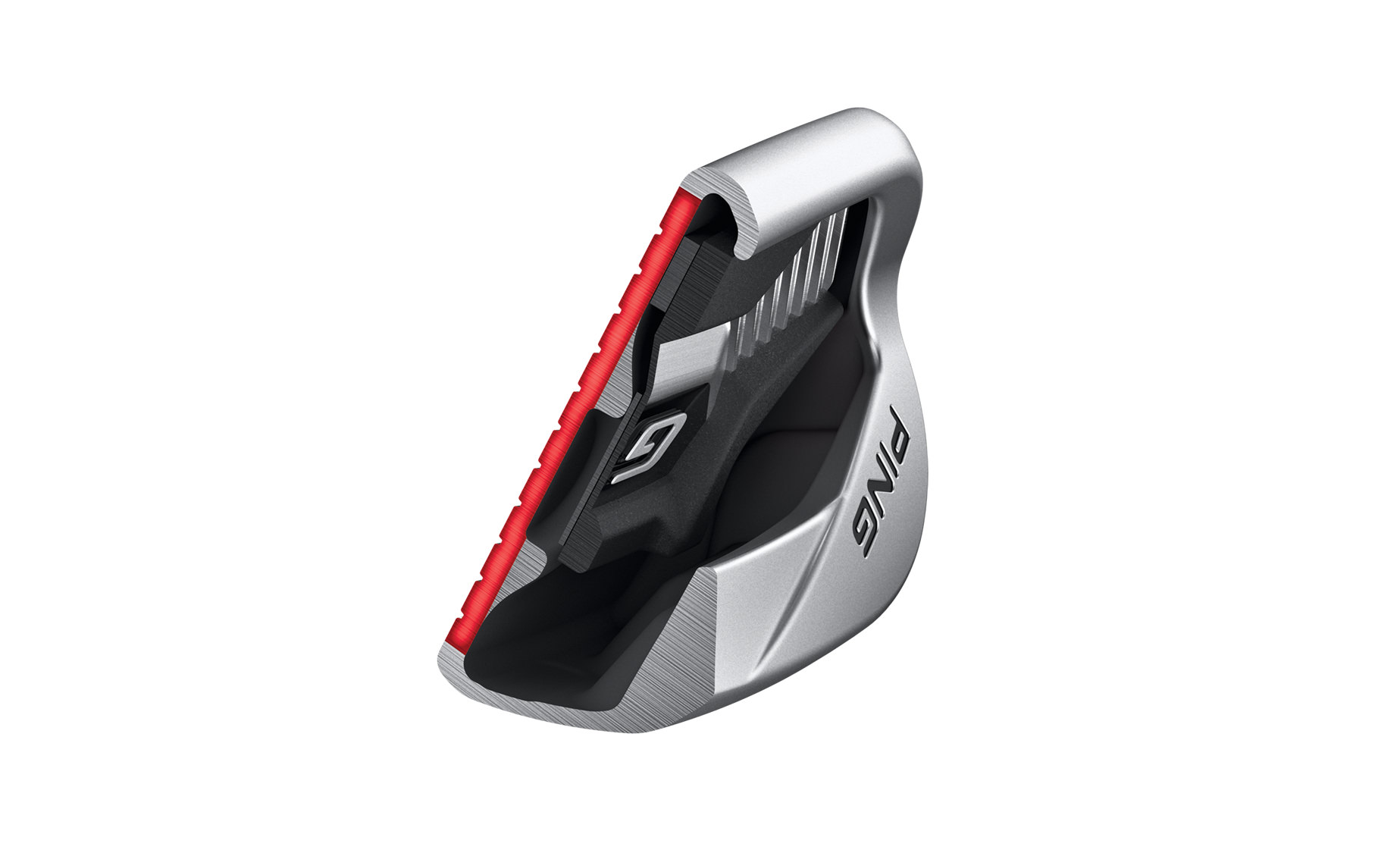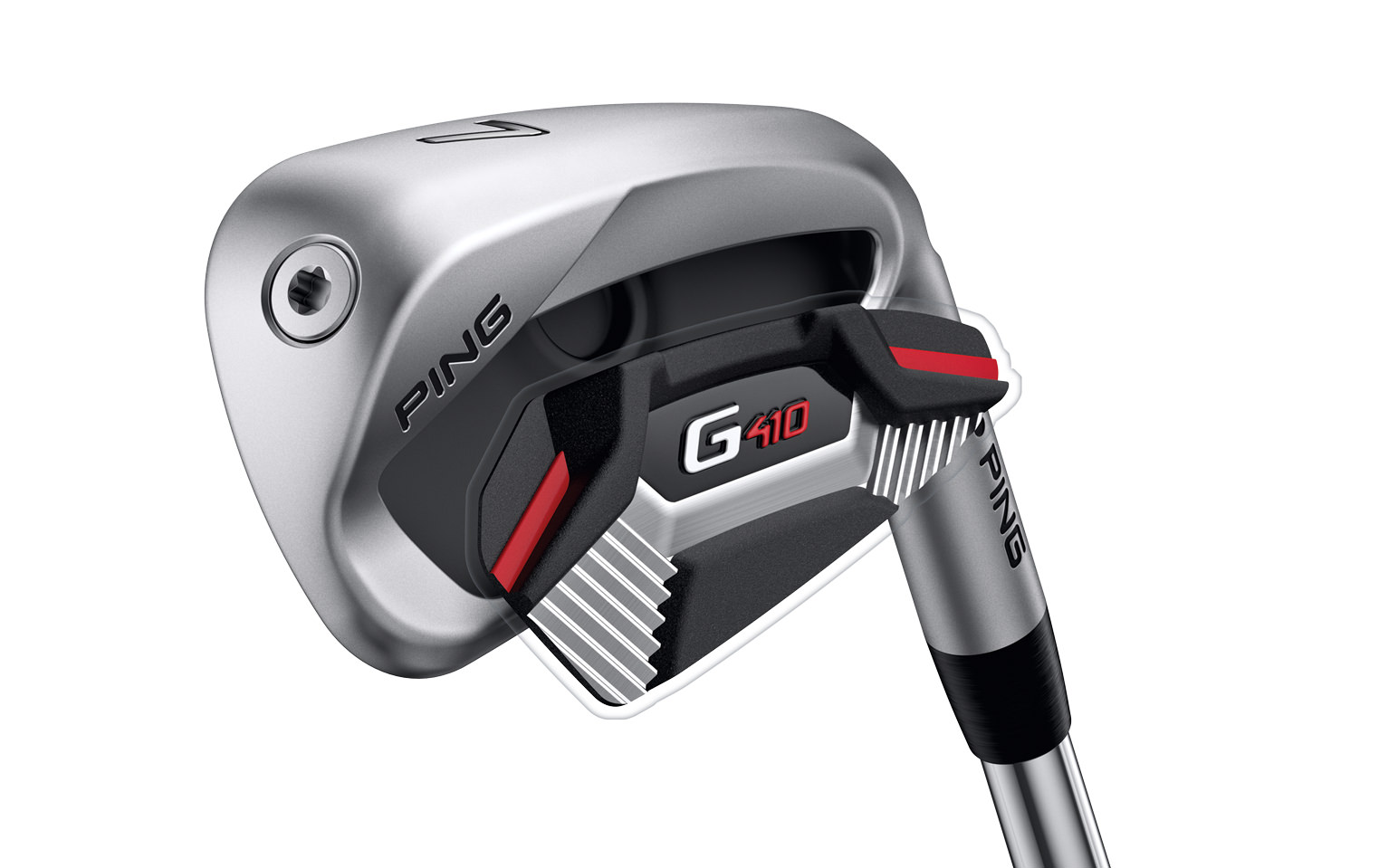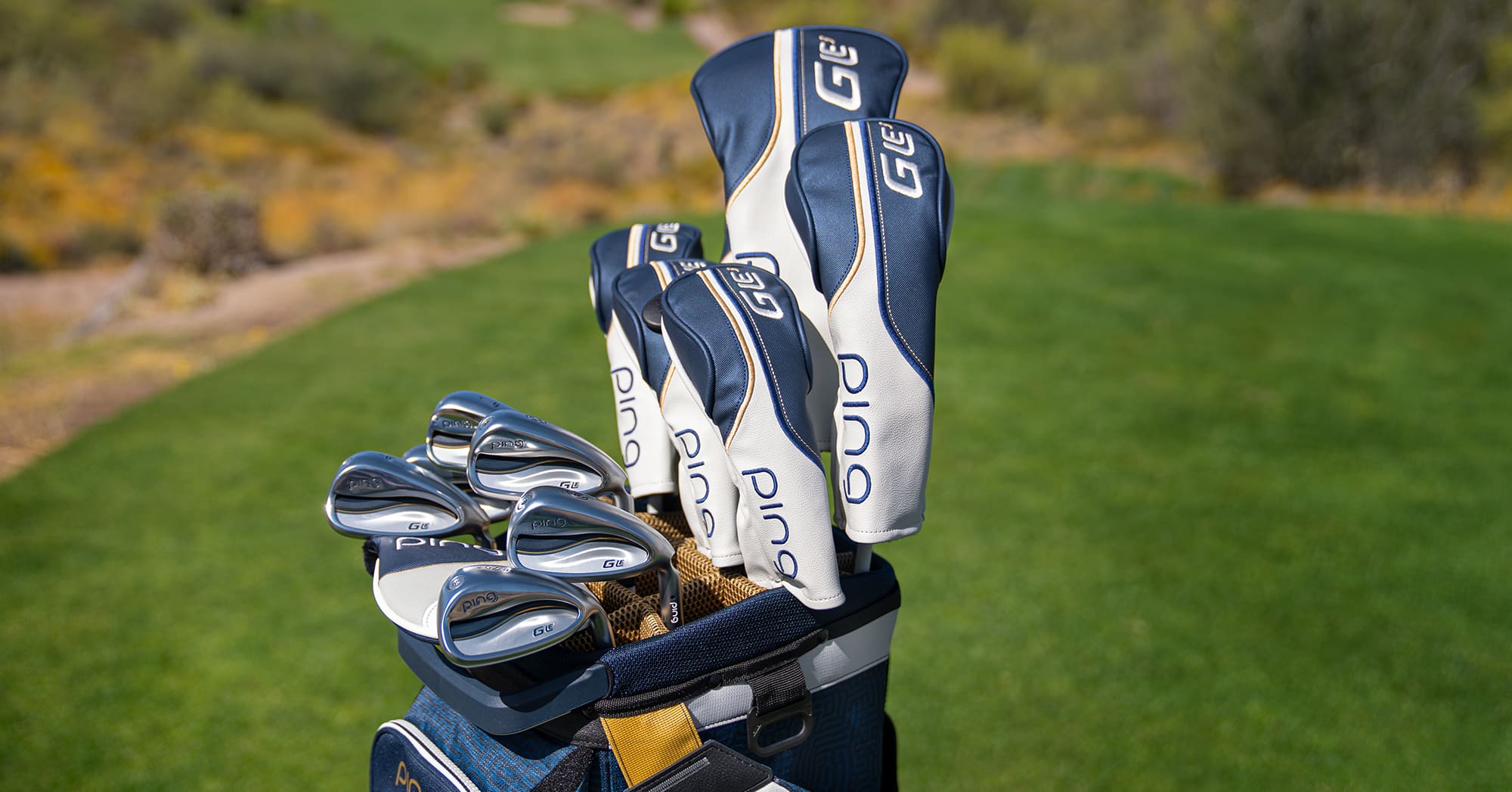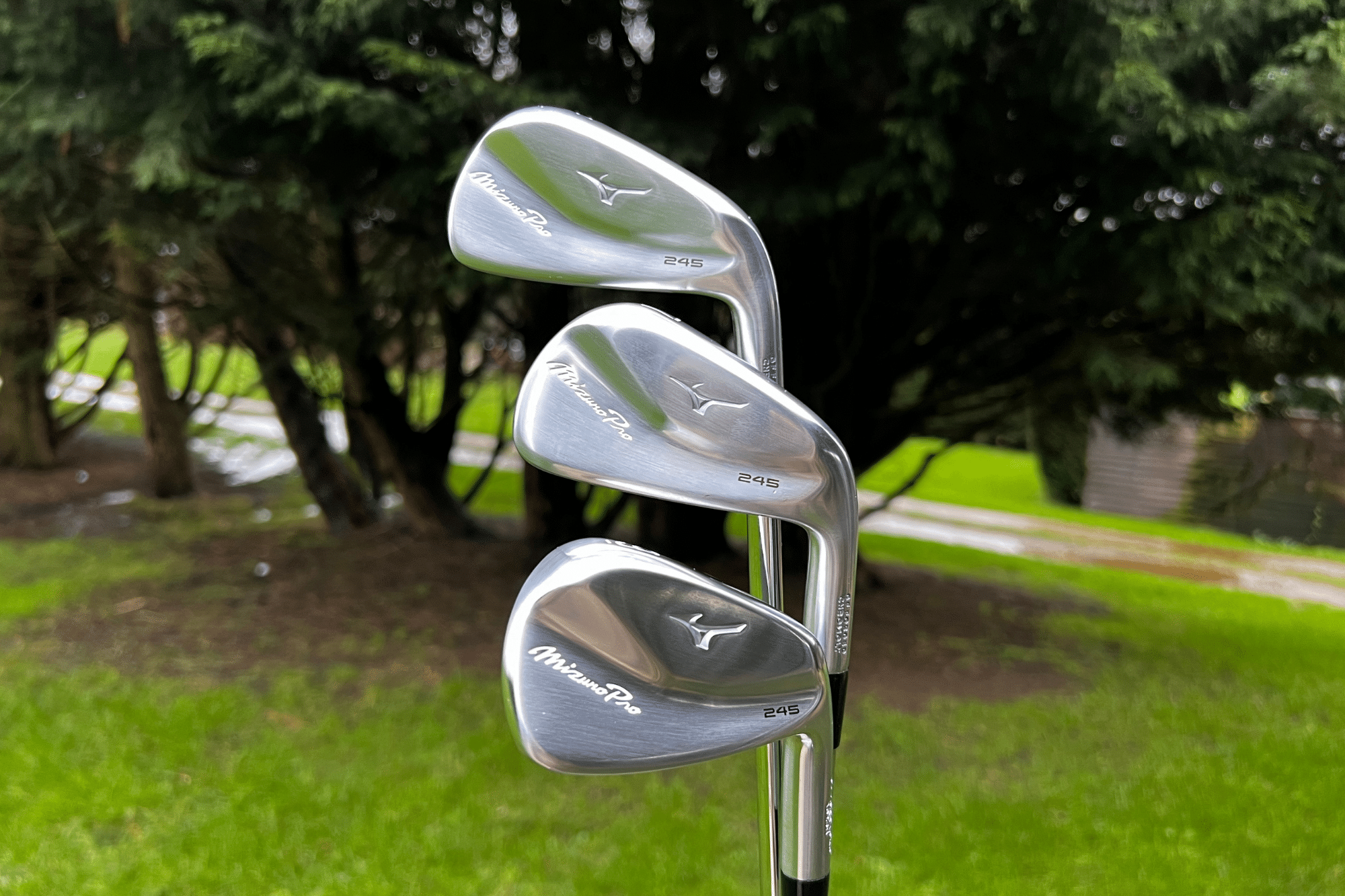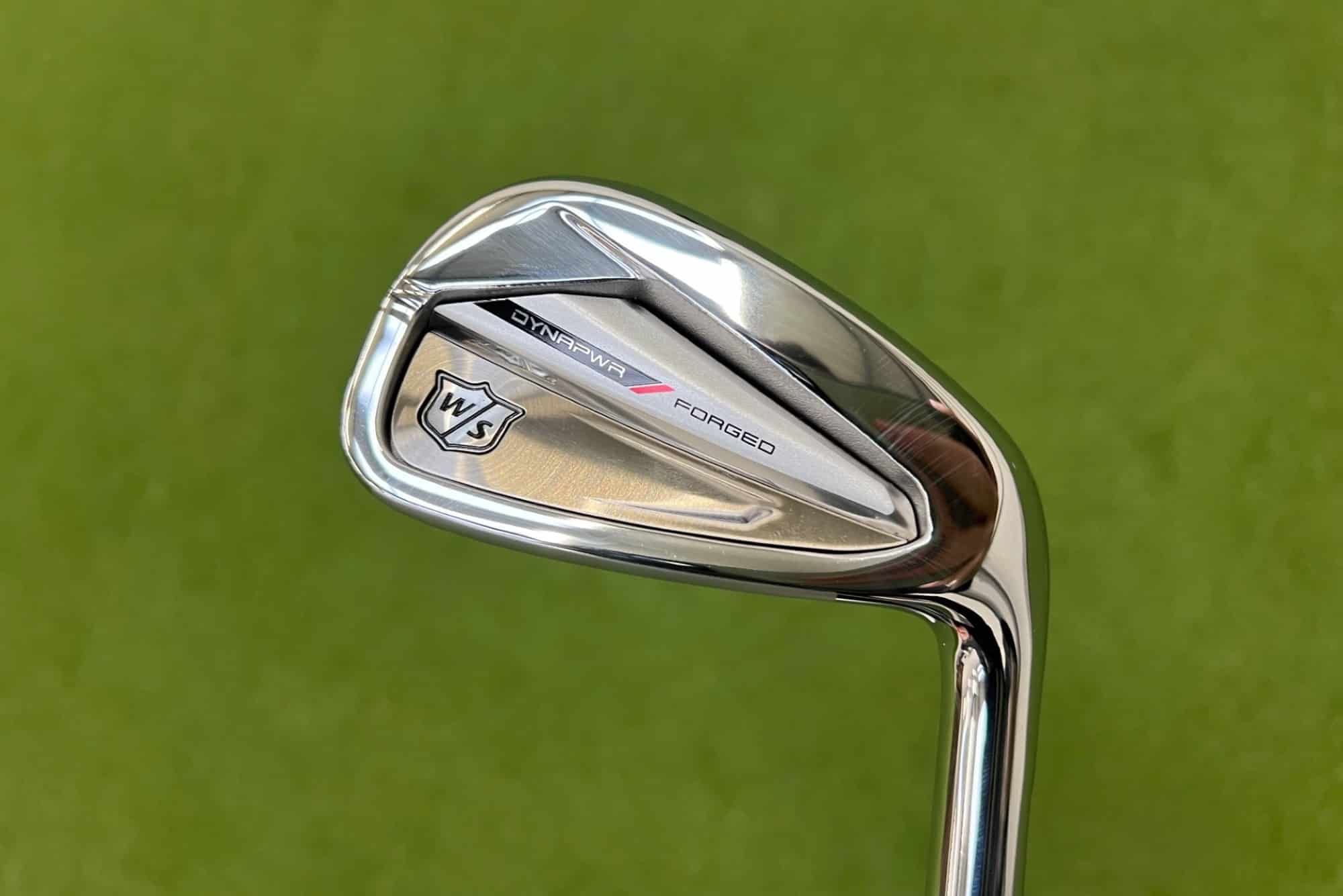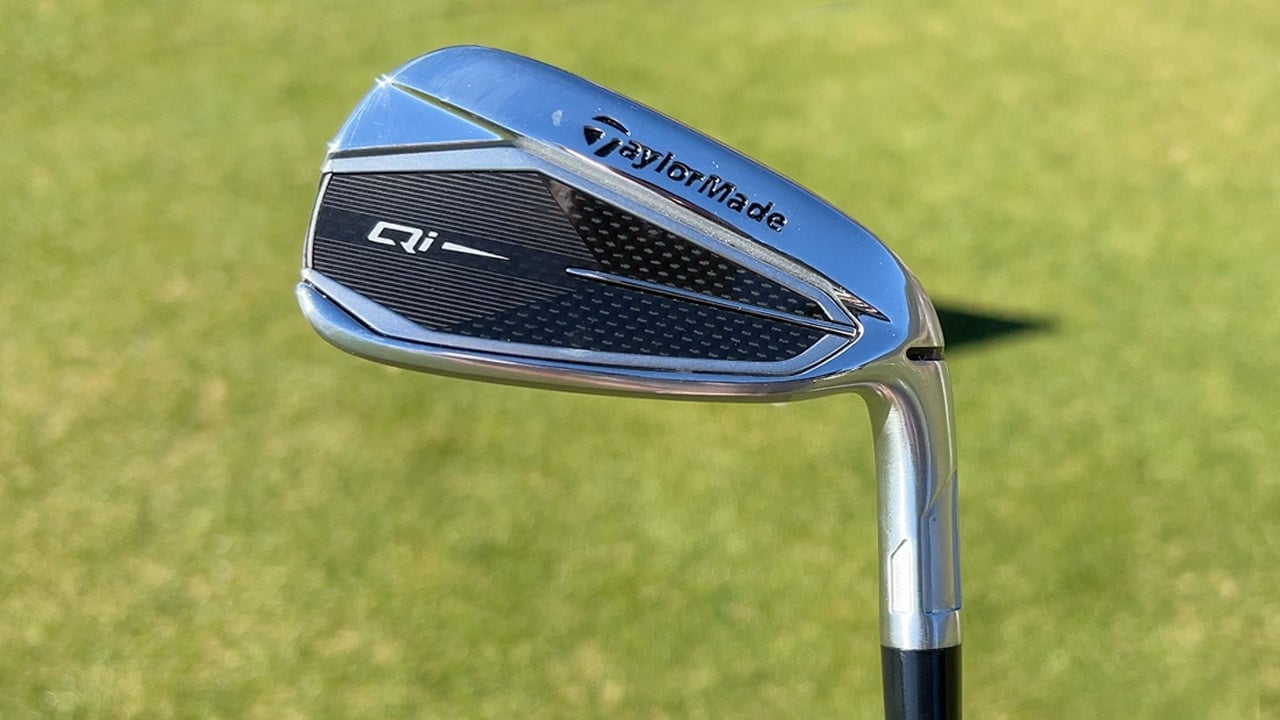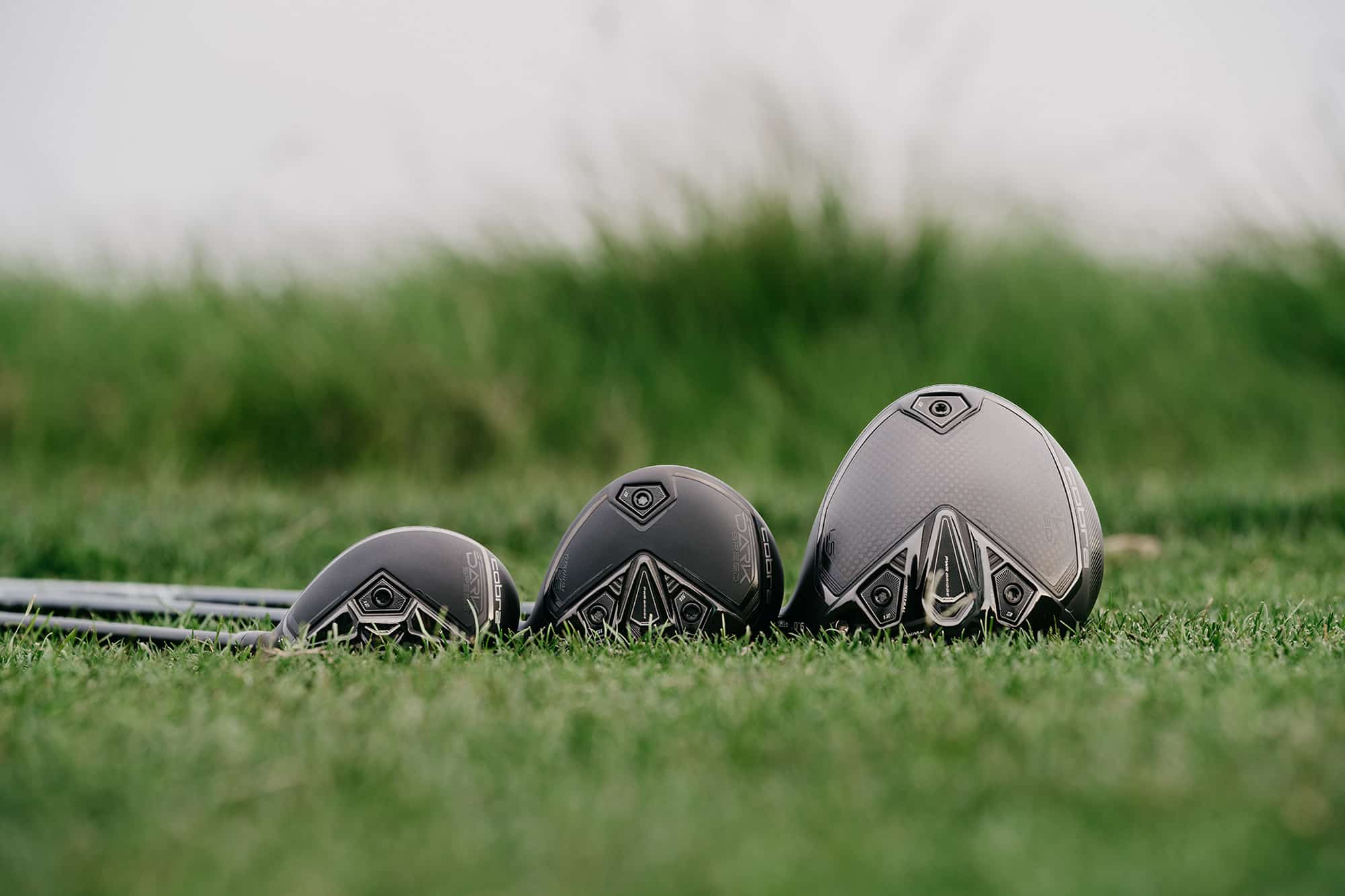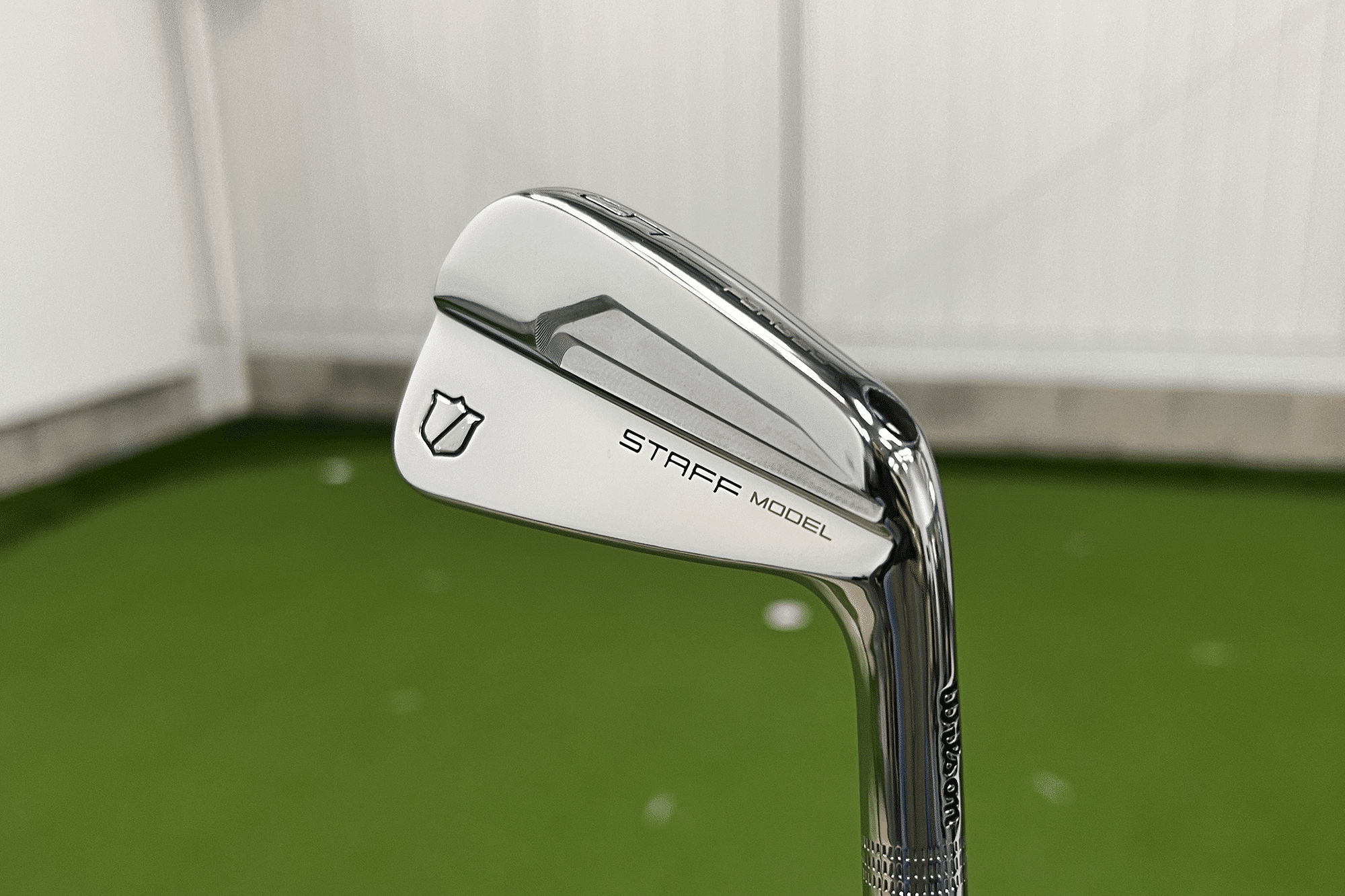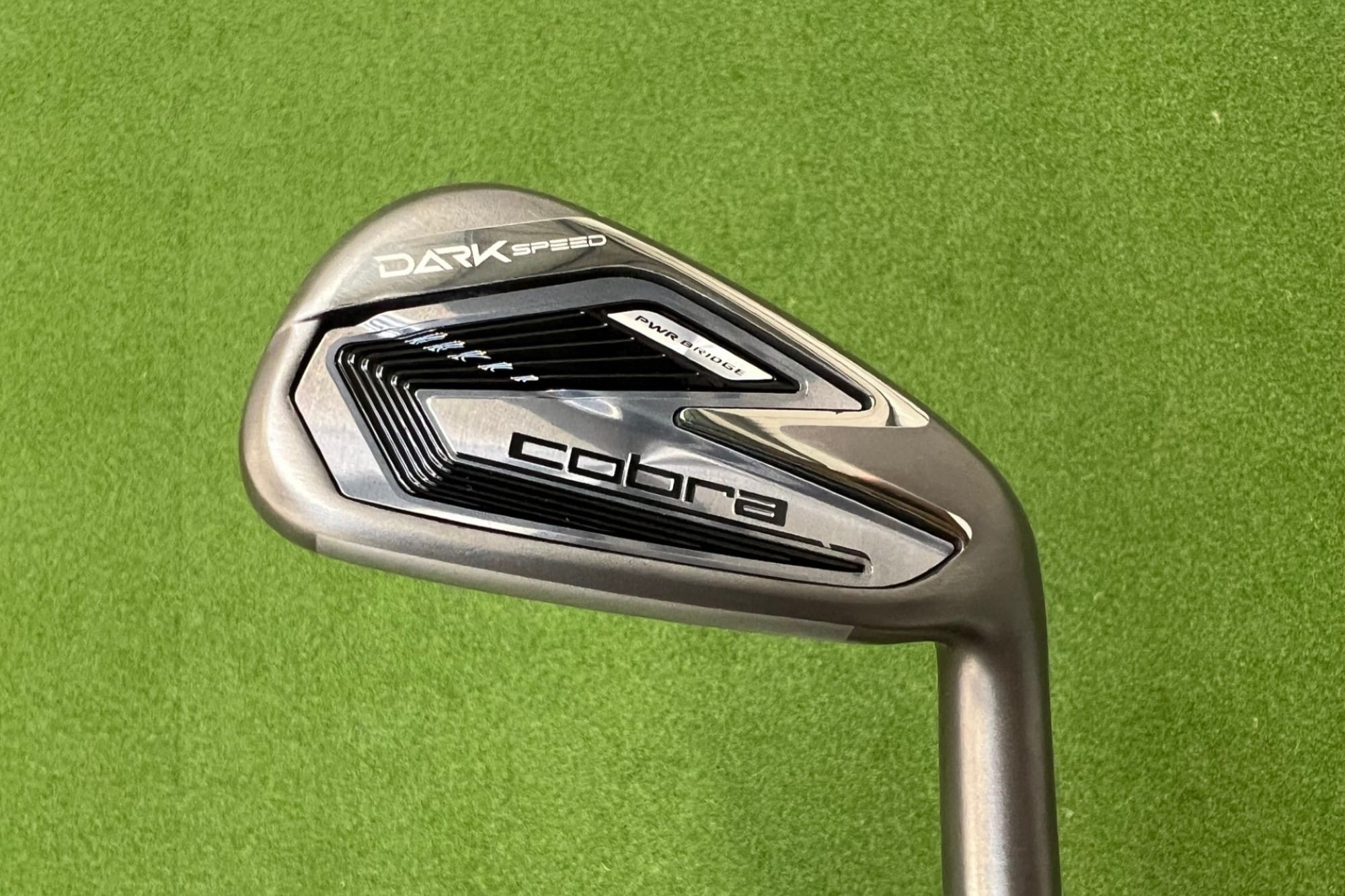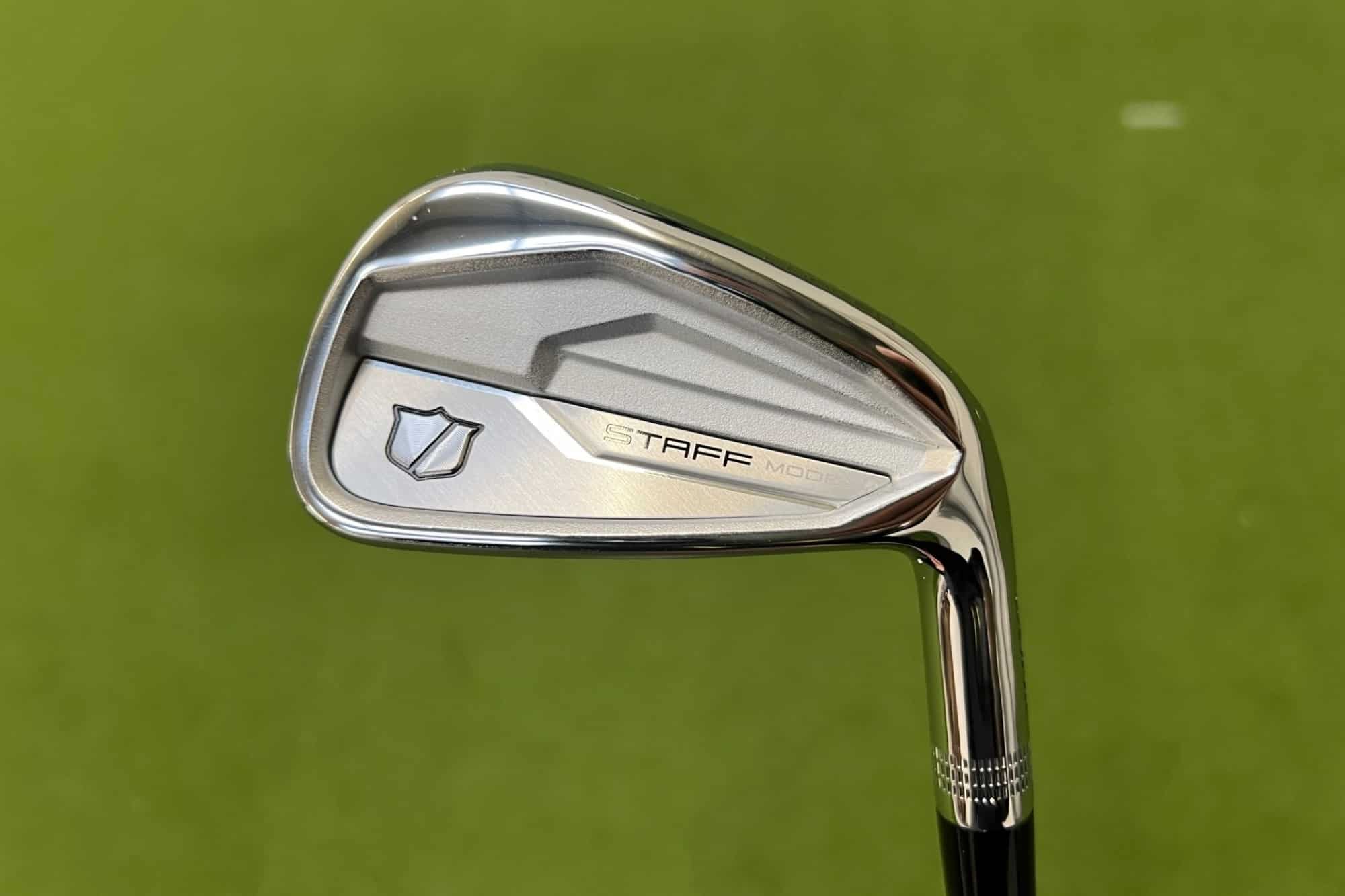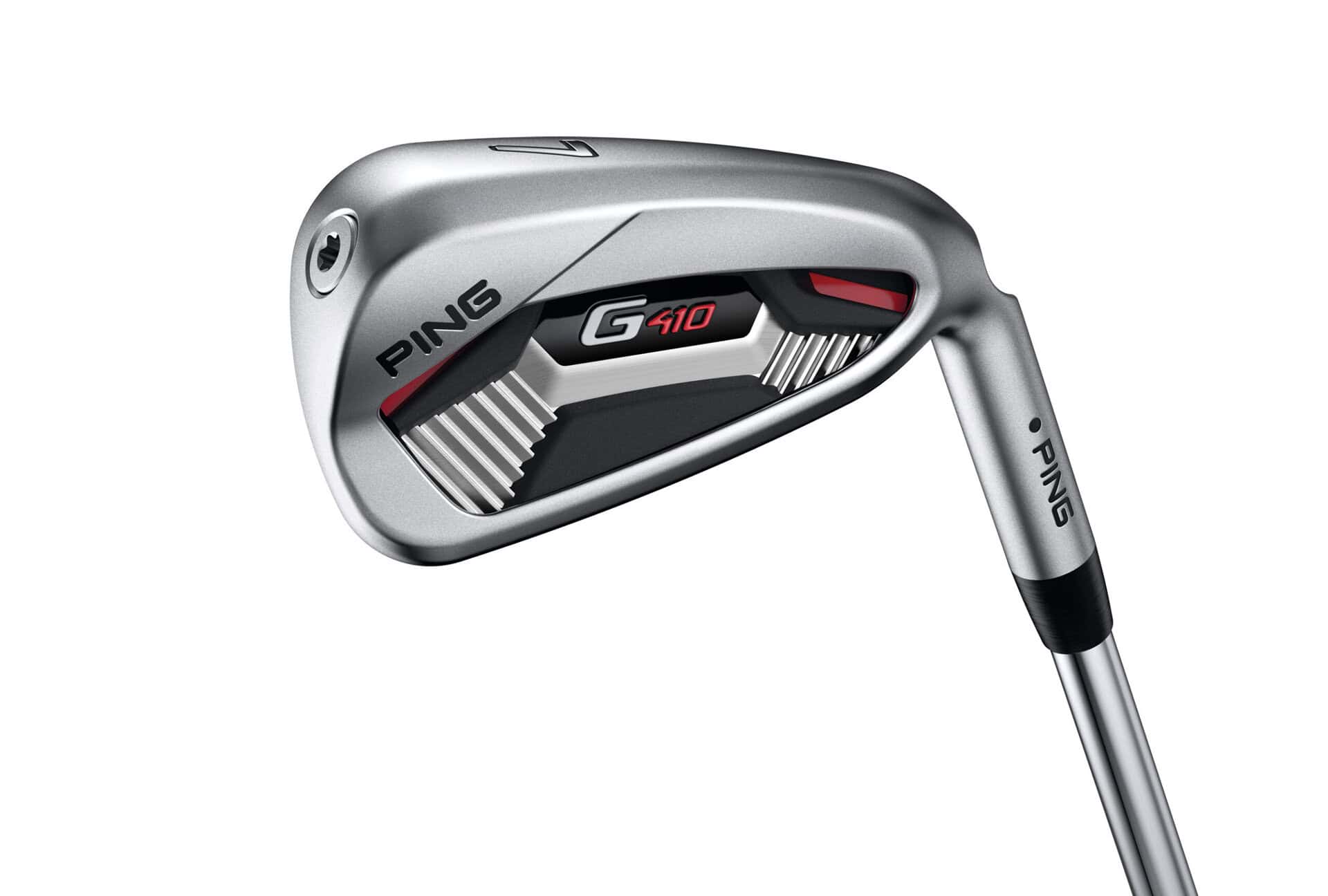
Ping reveal G410 irons – but how do they perform?
Our Ping G410 irons review took place on the course at Moor Allerton in Leeds.
We also gathered some data on the Flightscope launch monitor in their indoor studio.
I was a huge fan of the G400 irons and had them in my bag for about a year, so I was excited to see what Ping had done with the G410.
Ping G410 irons review: First impressions
It was hard not to be struck by the colours on the back of these irons. Just like the woods, they’ve got a red and black scheme going on. (We thought there was a bit of a Manchester United vibe but we can sure you that is 100% not intentional.)
I do think the G410 irons have all the hallmarks of a ‘game-improvement’ iron when you see them on the shelf.
They are going to appeal to players looking for a little bit of help and forgiveness.
Ping G irons have always delivered on a forgiveness and consistency front.
But what’s really exciting and interesting here is that Ping have massively improved the aesthetics in the address position.
They have made the heel-to-toe length shorter, topline thinner and have reduced the offset.
When you put these down behind the ball there’s very little to separate them from an i210 iron.
The G400 irons were quite chunky with quite a lot of offset.
And if there was one improvement I wanted to see with the G400 it was that look at address, as the performance was pretty faultless.
Ping G410 irons review: The technology
So can Ping improve on the performance of the G400 after clearly making them look better?
Well, as I’m sure you should all know by now, Ping don’t do new for new’s sake.
Ping say they have improved the stability of these irons by adding weight into the toe and the hosel.
They say this increases the heel to toe MOI (resistance to twisting) by 8% compared to G400.
Golfers can expect a little bit more ball speed too thanks to an even more flexible face thanks to their Cor-eye technology.
They say the G410 has the highest face deflection they’ve ever created in a cavity-back iron.
Ping have also improved the cavity badge to create a better sound and feel.
Aluminum and santoprene elastomer materials combine to dampen vibrations.
Just to clear up the technical aspects of the improved aesthetics the blade length is 3% smaller and there’s 10% less offset.
That’s the lowdown on the technology, but how do the results stack up? Find out on the next page…
James Savage
Former equipment editor of NCG. Inconsistent ball-striker and tea-maker.

